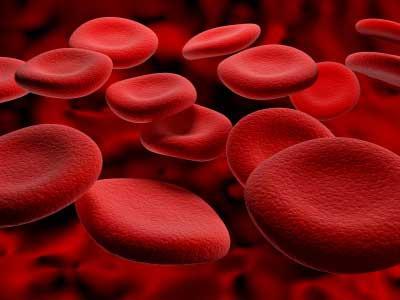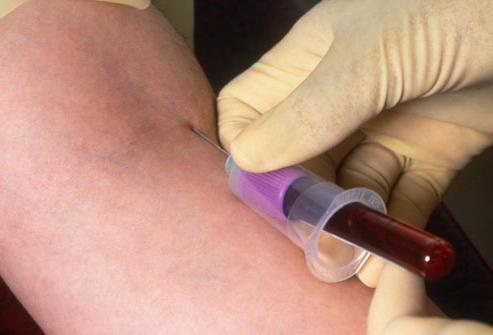ESR (erythrocyte sedimentation rate) - this is the same as ROE (erythrocyte sedimentation reaction), but this analysis was called some time ago. This indicator is necessarily included in the KLA (general blood test) and is extremely important for the diagnosis of diseases. ESR is measured in mm / h, i.e. measured by how many millimeters the column will fall in one hour in the Panchenkov capillary. Red blood cells drop down, and a light liquid remains on top - blood plasma. In other words, in the capillary, the blood is divided into two components - the formed elements and the plasma, between which there is a clear boundary, here along it the ESR is measured. The Panchenkov capillary itself has a scale marked in millimeters, according to which the boundary of the two components is determined.
Normal ESR
The rate of ESR in children depends on age. In newborns, this indicator is practically not determined, it ranges from 0 to 1 mm / hour. At the age of 1 month, the norm rises from 1 to 7 mm / hour, by 6 months to 10 mm / hour. The older the child becomes, the higher it is. From the age of one to 12 years, the ESR rate in children is from 1 to 12 mm / hour, and by the age of 15 it becomes almost the same as in adults - from 1 to 18 mm / hour. A low ESR does not carry any diagnostic burden, but only indicates that there are no inflammatory processes in the body. The norms in adult men and women are different - in men it reaches 9 mm / hour, and in women it is twice as high and can reach 20 mm / hour, in pregnant women it sometimes even rises to 45 mm / hour. According to various sources, the ESR rate in children (as in adults) may differ slightly, and these are only approximate guidelines. For example, about 10 years ago, its upper limit in women was considered equal to 15 mm / hour, and modern doctors and 20 mm / hour are considered the norm.

What diseases increase ESR?
ESR in children and adults can increase with any inflammatory process. For example, pneumonia, pyelonephritis and other diseases, as well as burns, fractures and any other injuries. The more severe the disease, the higher the ESR. This indicator can remain elevated for a long time even after recovery. It can come to normal even after 1-2 months after an illness.
What indicators are included in the KLA?
Everyone probably knows what a clinical blood test is, and yet recall - this is a laboratory blood test that allows you to assess a person’s condition. The amount of hemoglobin (HB), white blood cells (L), ESR, platelets (Tr), red blood cells, a color indicator and a white blood cell count are determined. In addition to the general analysis, the doctor may request reticulocytes, the duration of bleeding, and coagulation time. These indicators are of great importance for bleeding and anemia.

The norms of hemoglobin in representatives of the stronger and weaker sex are different, in men it is considered normal hemoglobin from 125 to 160 g / l, a little lower this value in women is 120 - 145 g / l. High rates, as well as low, can indicate any disease. Blood clotting occurs in the first hours after bleeding, with thrombophlebitis, as well as in smokers. The norm of leukocytes is from 3.5 to 9 * 10 9 / l, they can rise in any inflammatory process. Platelets affect clotting and range from 180 to 320 * 10 9 / L. The norm of ESR in children and adults was considered above, so we will not dwell on it. Of great importance for clarifying the diagnosis is the leukocyte formula. An increase in her stab leukocytes is directly related to the severity of the disease, and an increase in eosinophils may indicate allergic reactions, helminthic invasions. In addition, an OA can make a diagnosis of anemia and determine some types of leukemia. This test should be taken in the morning on an empty stomach. Blood can be taken both from a finger and from a vein - this does not affect the result of the analysis.